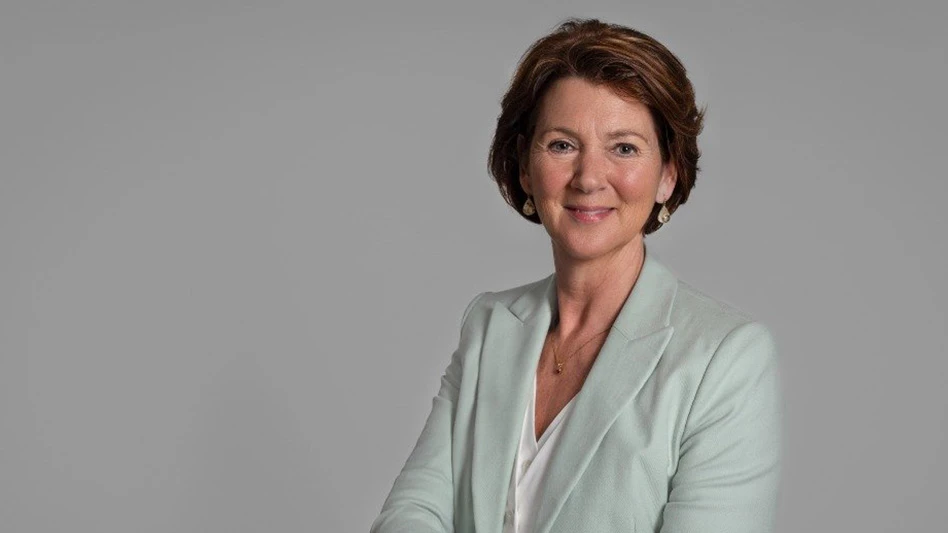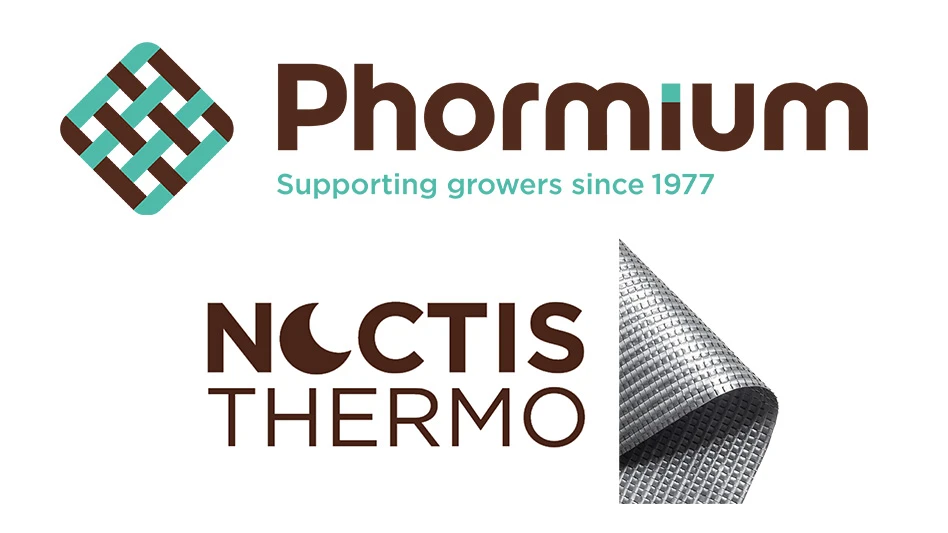

Greenhouse Management: What are the landscape trends you’ve seen shape the market in the past few years?
Jeff Gibson: In my job, I deal with the landscape trade and the independent garden center sector, so that’s been my purview for about 20 years. The landscape market is a particularly interesting area, but it’s definitely growing as a percentage of our business. Those growers that we sell to are seeing more turnover and it’s largely because a trend with the [landscape] industry is a great deal of consolidation. So the landscape companies that are buying from commercial growers are getting bigger and at the same, they often don’t have talent that understands colors. So, in the landscape world, it divides cleanly between the landscape build side and the maintenance side, and the maintenance side is where all of the color work typically resides. So, we are most attuned to that simply because they are buying products from our commercial growers that sell directly to the landscape trade. Three trends I’ve seen: a need of plants for shade gardening, landscapers going back to classic varieties and a lot more use of containers in the commercial landscape sector.
GM: Are there certain colors or traits that customers are demanding?
JG: That leans into the second trend — the classics for commercial growers. You don’t have a lot of inherent plant knowledge in that space. They know how to do their work in the landscape. You have to remember that in the maintenance [division], it’s an activity that gets done three or four times a year. Maybe sometimes twice a year, depending on where they are located. Further south means more rotations, further north means less. For commercial, drought-tolerance species that can tolerate a high amount of abuse — we literally have a variety called a Purple Classic [in our Wave Petunia Line] and it is one of those plants that for the most part, goes in color, stays in color for the whole season. It also stays compact and short. Begonias remain popular too, with the trend being bigger begonias. For yellows, marigolds and lantanas are the go-to plants.
GM: What are the next trends you expect to see?
JG: If you look at it from a 30,000-foot view, the landscape trade is the installers of what we do now. The landscape architects are envisioning what we’ll be planting in the future. As I hang out with a lot of landscape architects and go to their conferences, they talk about the great deal about the important functions of landscapes. They are beyond just planting plants that are pretty — they are getting into the arena of planting plants for very specific purposes. A large one is the control of water, so we are seeing more and more installations that involve plant material that can provide functional benefits for the landscape.

Explore the April 2020 Issue
Check out more from this issue and find your next story to read.
Latest from Greenhouse Management
- A nation of gardeners: A history of the British horticulture industry
- Last Word with Angela Labrum, Bailey Nurseries
- Iowa plant supplier Plantpeddler building retail complex
- This month's Greenhouse Management magazine is about native plants and sustainability
- The HC Companies, Classic Home & Garden merge as Growscape
- Terra Nova releases new echinacea variety, 'Fringe Festival'
- Eason Horticultural Resources will now officially be known as EHR
- BioWorks receives EPA approval for new biological insecticide for thrips, aphids, whiteflies





